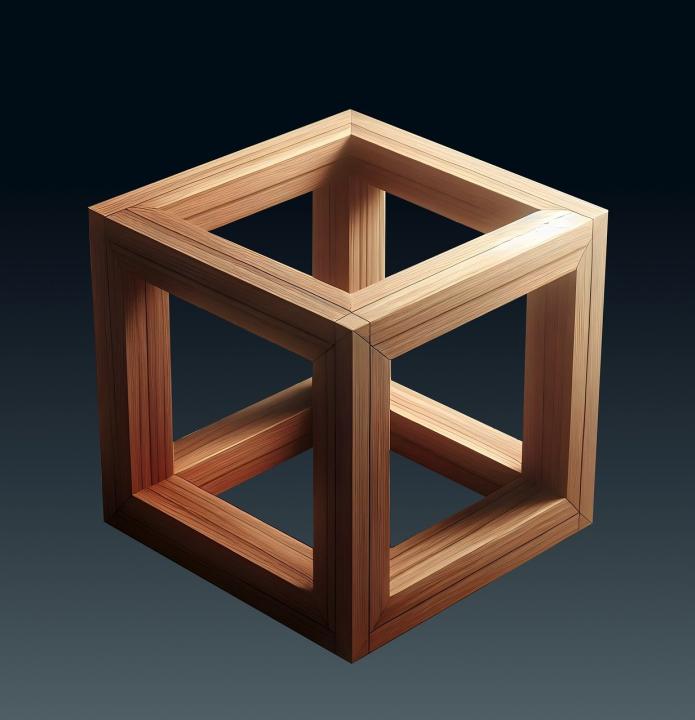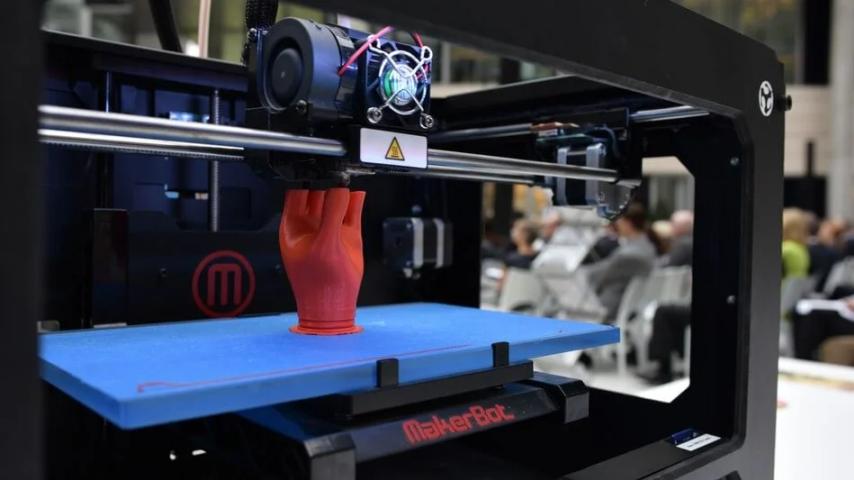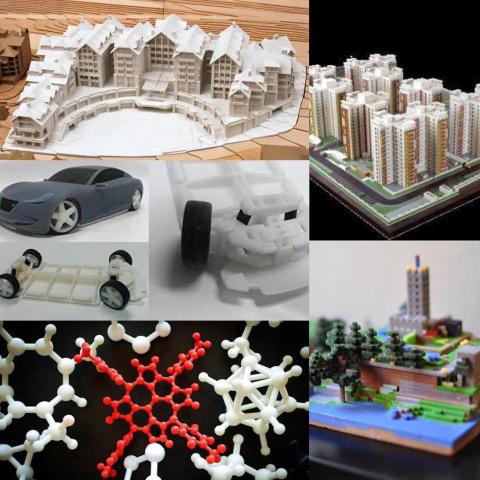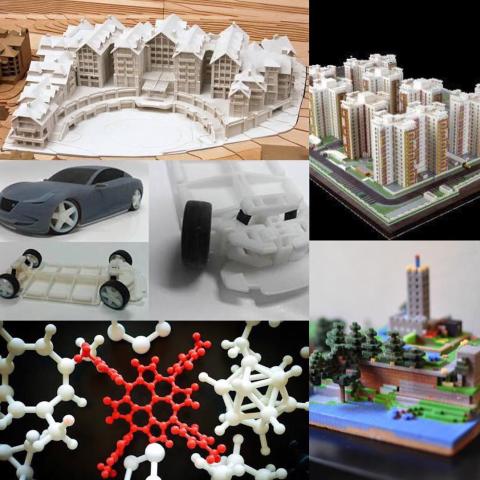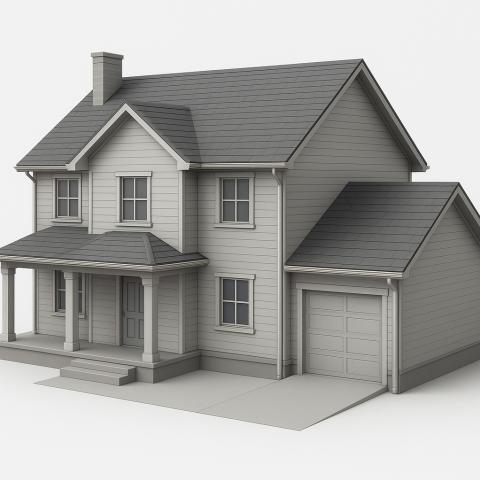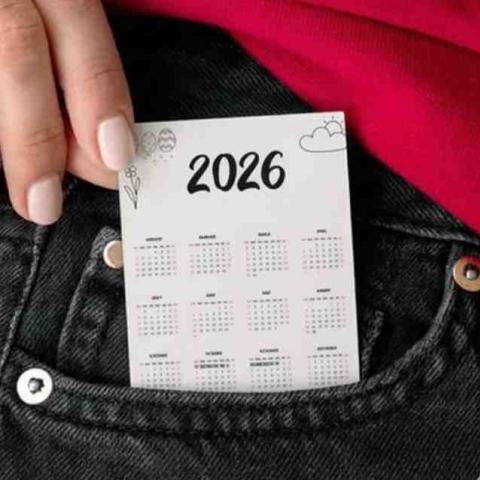When you want to buy a new 3D printer in 2024, it's important to read lots of reviews first. This helps you make a good choice and avoid wasting money. Start by thinking about what you need the printer for and how much you can spend. Are you just starting out, or do you need something for work? Once you know this, look for reviews online. Good places to check are tech websites, 3D printing forums, and YouTube videos about 3D printers. These often give detailed information about new models. They compare them to older versions and other printers. Look for reviews that talk about how well the printer works, if it's easy to use, how big the things it can print are, what materials it can use, and if it breaks down a lot. Remember that some reviewers might get free printers, which could change what they say. It's best to read many different reviews to get a full picture.
When reading reviews, look closely at the printer's features. Check the print quality - this is often shown in microns. A lower number means the printer can make finer details. See how big the things it can print are. If you want to use different materials, make sure the printer can handle them. Some printers can use basic plastics, while others can use wood or metal mixes. Some printers have heated beds, which can help with certain materials and make prints look better. Also, look at the printer's software and how it connects to your computer. Easy-to-use software and Wi-Fi can make printing much simpler. Check what people say about customer support and if the company fixes problems quickly. Reviews often talk about these things, which can help you know if the printer will be good in the long run.
Pay attention to what reviews say about setting up the printer. Some come ready to use, while others need a lot of putting together. If you're new to 3D printing, one that's already built might be better. Look for information about getting the printer ready to print. This is called calibration and it's very important for good prints. Some new printers can do this automatically, which is helpful. Also, think about how loud the printer is. If you'll use it where other people are, or at night, look for reviews that talk about noise. Some reviewers might say how many decibels it makes, or just describe the sound. Think about how fast the printer works too. Faster isn't always better, as it can make the prints look worse. Good reviews will talk about how the printer balances speed and quality.
Look for reviews from people who've had the printer for a while. These can tell you how well it lasts. They might mention problems that happen over time, like parts wearing out or software issues. See if they talk about how easy it is to get new parts and how much they cost. This affects how much you'll spend on the printer over time. Some reviews might mention how much power the printer uses, which is good to know for your electricity bill. Lastly, see if there's a community of people who use the same printer. Some printers have lots of users who share tips and designs online. This can be really helpful when you're learning. By reading reviews carefully and thinking about all these things, you can choose a 3D printer that works well for you in 2024 and after.
When reading reviews, it's also helpful to look at what people say about the printer's filament handling. Some printers work better with certain brands or types of filament. Reviews might mention if the printer has trouble with filament jamming or if it's easy to change materials. Some printers have features that help detect when filament runs out or breaks, which can save you from failed prints. Look for information about how the printer handles different colors and if it's easy to switch between them. Some reviews might talk about how well the printer manages moisture in filament, which can be a big issue in some places.
Another thing to pay attention to in reviews is how well the printer works with different design software. Some printers work best with specific programs, while others are more flexible. Look for mentions of popular 3D design software and how easily files can be sent to the printer. Some reviews might talk about any special features the printer's software has, like being able to fix small problems in designs automatically. It's also good to see if the printer can work without being connected to a computer all the time. Some have screens and controls that let you start prints directly from the machine, which can be very handy.
Reviews often talk about the printer's frame and how stable it is. A sturdy frame helps make better prints, especially for tall or detailed objects. Look for information about what the frame is made of and if it shakes or moves during printing. Some reviews might mention if the printer needs to be put on a special table or if it works fine on any surface. They might also talk about how easy it is to see the printing process, which can be important if you like to watch your prints or check on them often.
It's also worth looking at what reviews say about how easy it is to clean and maintain the printer. Some printers are designed to be easy to take apart and clean, while others can be tricky. Look for information about how often you need to oil or adjust parts. Some reviews might mention if the printer has features that make maintenance easier, like removable print beds or easily accessible nozzles. They might also talk about how well the printer keeps itself clean during use, which can affect how often you need to do maintenance. Another important aspect to consider is how well the printer handles different types of prints. Some printers might be great for making small, detailed objects but struggle with larger, simpler items. Others might be better for big, sturdy prints but have trouble with fine details. Look for reviews that show examples of different types of prints. They might talk about how well the printer handles overhangs, bridges (parts of the print that go over empty space), or supports (extra parts printed to hold up complex shapes). This information can help you choose a printer that's best for the kinds of things you want to make.
In the end make sure to pay attention to what reviews say about the printer's safety features. 3D printing involves hot parts and sometimes strong smells, so it's important to know how the printer handles these issues. Look for mentions of features like automatic shut-off if the printer gets too hot, or if it has a cover to keep heat in and smells out. Some reviews might talk about how hot the outside of the printer gets during use, which is important if you have kids or pets around. They might also mention if the printer has any air filtering systems, which can be helpful if you're worried about breathing in small particles from the printing process. By considering all these extra points along with the earlier advice, you'll have a really good understanding of what to look for in 3D printer reviews and be well-prepared to choose the right printer for your needs in 2024.
